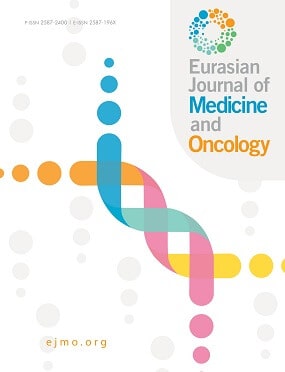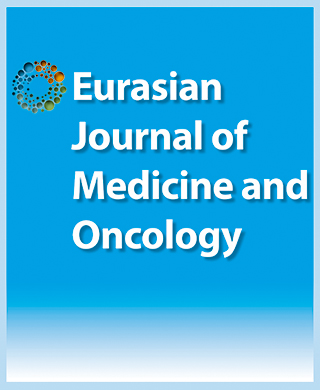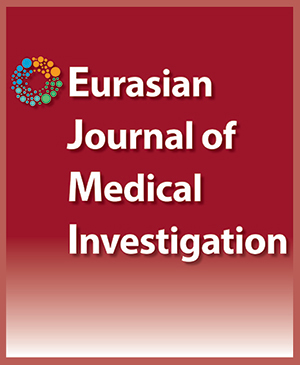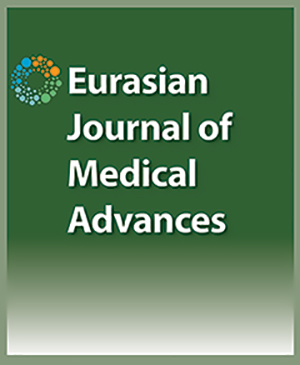

Advancements in Molecular Biomarkers as Prognostic Predictors for Patients with Glioblastoma: A Systematic Review
Renindra Ananda Aman1, Yovanka Naryai Manuhutu1, Muhamad Aulia Rahman1, Nicholas Calvin2, Yutha Perdana11Department of Neurosurgery, Faculty of Medicine, Universitas Indonesia – Dr. Cipto Mangunkusumo National General Hospital, Jakarta, Indonesia, 2Faculty of Medicine, Universitas Indonesia, Jakarta, Indonesia,
Objectives: Glioblastoma (GBM) is a highly aggressive tumor with a median survival of 14-15 months with specific genetic expression. With advances in technology, molecular biomarkers are currently used as predictors to determine the prognosis of patients with GBM. Methods: We collected literature through PubMed, SCOPUS, and Google scholar, from to 2014-2024. The study designs that met the inclusion criteria were cohort, cross-sectional, systematic reviews, and meta-analyses. The studies will be graded according to the risk of bias they represent using Quality of Prognosis Studies (QUIPS) Tool Ratings. Results: Twelve articles with six different biomarkers (MGMT, IDH, PTEN, EGFR, EGFRvIII, and TP53) met the inclusion criteria and were considered eligible for this systematic review. Prognosis was measured using OS, and the data were compared using univariate analysis of each biomolecule for OS. Methylation of MGMT and IDH mutations was a good prognostic predictor, and amplification of EGFR, EGFRvIII, PTEN, and TP53 mutations was not statistically significant for OS. Conclusion: Several biomarkers can be used as predictors alone or in combination with one another. Advances in technology and biomolecular science are expected to help predict the prognosis and provide new insights into the management of GBM.
Cite This Article
Aman R, Manuhutu Y, Rahman M, Calvin N, Perdana Y. Advancements in Molecular Biomarkers as Prognostic Predictors for Patients with Glioblastoma: A Systematic Review. EJMO. ; (): -
Corresponding Author: Renindra Ananda Aman



